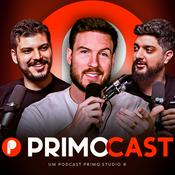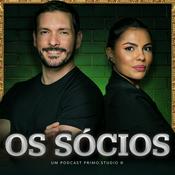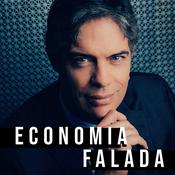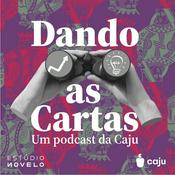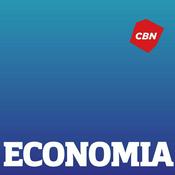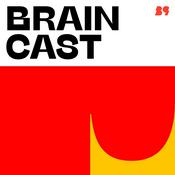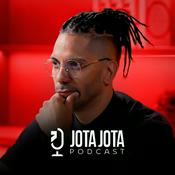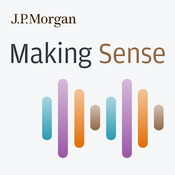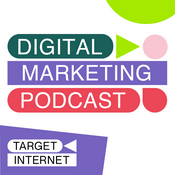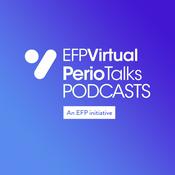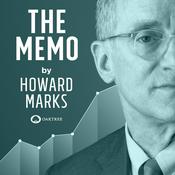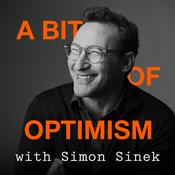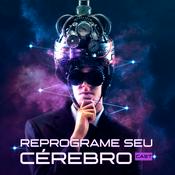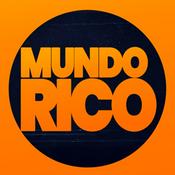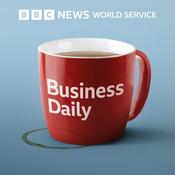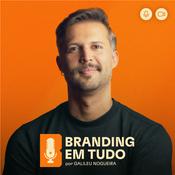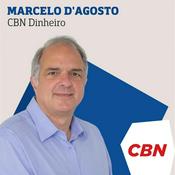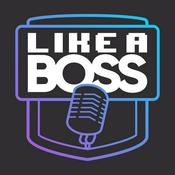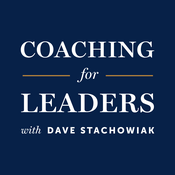Episódios Disponíveis
5 de 197
- Reshoring Success at GE Appliances Shaded by Tariff Fraud AllegationsGE Appliances has been making news for years for the success of their reshoring program. It is a great story: a well-known consumer brand that is bringing production home, both to their own benefit and also to the benefit of customers and employees. But even while GE Appliances has continued to make investments and earn positive headlines for continuing their commitment to reshoring efforts and partnering with suppliers, one of their competitors isn't so sure. Whirlpool recently alleged that GE Appliances, along with two other competitors, was evading tariffs by artificially lowering the declared value of the goods they import – without passing those 'savings' along to customers. But does the data show evidence of misdeeds? In this episode of the Art of Supply podcast, Kelly Barner covers the balance of GE Appliances's good headlines and recent allegations against them: Background on GE Appliances's efforts to reshore production and the investments that has required The additional ways they are investing in domestic supplier partnerships, through collaboration and consultation And the recent investigation into potential tariff fraud… as alleged by Whirlpool… and what might explain the discrepancies Links: Advancements & Adjustments in the GE Appliances Supply Chain Kelly Barner on LinkedIn Art of Supply LinkedIn newsletter Art of Supply on AOP Subscribe to This Week in Procurement--------21:07
- UPS Gambles on Gig WorkersUPS is currently stuck between dropping parcel rates, rising union leverage, and stiff competition from their peers. Unlike their peers, UPS is unionized (part of the Teamsters), adding additional complexity and bottom-line pressure. Not one to give up after 120 years in business, UPS has been looking for creative ways to make ends meet without disappointing the public. They created a massive buyout opportunity for drivers and have been working with gig drivers to handle spikes in seasonal volume without paying expensive overtime. Both strategies are saving them money, but running afoul of the Teamsters in the process. In this episode of the Art of Supply podcast, Kelly Barner looks at UPS's challenges and the creative options they are trying in response: Leveraging gig drivers while warning against the danger of a loosely-managed final mile Introducing automation where they can, shutting warehouses where they can't Working to maintain a premium delivery service in a world dominated by low-cost eCommerce volume Links: Negotiating the Big One: UPS and the Teamsters Labor Union Kelly Barner on LinkedIn Art of Supply LinkedIn newsletter Art of Supply on AOP Subscribe to This Week in Procurement--------19:41
- Rubber Stamped CDL RegulationsCommercial Driver's Licenses have been in the news a lot lately, and not for good reasons. A number of fatal accidents have been caused by questionably licensed drivers. These high profile incidents have caused a number of states and the Federal government to start digging into who is getting these licenses and how. Much of the current situation dates back to a regulatory change made in 2022 that allowed CDL training schools to 'self certify' that they are turning out qualified drivers. The idea was to make it easier to get more drivers on the road in response to a reported driver shortage, but we've gotten less safe roads instead. According to reporting by FreightWaves, there are approximately 100,000 truck crashes annually resulting in roughly 5,000 fatalities - a 40% increase over the last decade. In this episode of the Art of Supply podcast, Kelly Barner digs past the recent headlines about CDL administration: Looking into the 2022 regulatory change, including the minimum federal requirements for safe commercial drivers and the system supposedly put in place to ensure training schools follow them The details behind the debate over English language proficiency and the eligibility status of non-domiciled drivers And the question that underpins it all: Is there a driver shortage? Links: Kelly Barner on LinkedIn Art of Supply LinkedIn newsletter Art of Supply on AOP Subscribe to This Week in Procurement--------18:56
- OceanGate and the Limits of Supply Base InnovationOn June 18, 2023, the OceanGate TITAN, a submersible on its way to the Titanic wreck site, imploded, killing all five passengers, including OceanGate CEO, Stockton Rush. There were a number of factors leading to this tragic event, including a horrible disregard of basic safety measures, a deliberate effort to work outside of regulatory and inspection protocols, and a toxic company culture. While many of these issues were internal, OceanGate did not make the TITAN or its predecessors in-house. This means that they had suppliers, and those companies had a front row seat to what was unfolding. In this episode of the Art of Supply podcast, Kelly Barner covers the OceanGate operation from a supply chain point of view: OceanGate's evolutionary journey – first to buy and retrofit their submersibles and then to build them The different suppliers that played a role in manufacturing the TITAN, and signs that the company was looking for alternatives The challenge presented by innovation that seems to defy convention. When is an idea truly groundbreaking, and when is it just reckless? Links: Marine Board's Report Into the Implosion of the Submersible TITAN in the North Atlantic Ocean Near the Wreck Site of the RMS TITANIC Resulting in the Loss of Five Lives on June 18, 2023 Kelly Barner on LinkedIn Art of Supply LinkedIn newsletter Art of Supply on AOP Subscribe to This Week in Procurement--------18:33
- Asset Optimization Isn't a Destination – It's a Discipline"No trucking company in the history of trucking companies has ever made money if their wheels aren't moving basically all the time." - Sean Devine, Founder and CEO, XBE When costs are high and competition is tight, how companies think about opportunities and challenges determines how successful they will be. They must deal with the never-ending push and pull between procurement and sales, the role of operational planning, and demand that alternates between peaks and troughs, but the big question is always the same: Is your core business as profitable as it could be? Sean Devine is the Founder and CEO of XBE, and Sean Correll is their General Manager of Heavy Logistics. XBE is an operations platform focused on heavy materials, logistics, and construction. Their customers build and maintain roads, manufacture with concrete and asphalt, and mine and transport aggregate – expensive, asset-intensive activities. Starting with the need to maximize asset utilization, and then transitioning into how the most strategic business decisions are made, this conversation applies far beyond heavy logistics. Kelly, Sean, and Sean discuss: How to optimize owned v. hired logistics capacity The many different levers that can turn a good operation into a great one Understanding the cost of an opportunity, as well as buy-side competition Why we all need to resist the temptation to run towards even the best answers--------43:15
Mais podcasts de Negócios
Podcasts em tendência em Negócios
Sobre Art of Supply
Art of Supply, hosted by Kelly Barner, draws inspiration from news headlines and expert interviews to bring you insightful coverage of today's complex supply chains.
Site de podcastOuça Art of Supply, PrimoCast e muitos outros podcasts de todo o mundo com o aplicativo o radio.net

Obtenha o aplicativo gratuito radio.net
- Guardar rádios e podcasts favoritos
- Transmissão via Wi-Fi ou Bluetooth
- Carplay & Android Audo compatìvel
- E ainda mais funções
Obtenha o aplicativo gratuito radio.net
- Guardar rádios e podcasts favoritos
- Transmissão via Wi-Fi ou Bluetooth
- Carplay & Android Audo compatìvel
- E ainda mais funções


Art of Supply
Leia o código,
baixe o aplicativo,
ouça.
baixe o aplicativo,
ouça.
